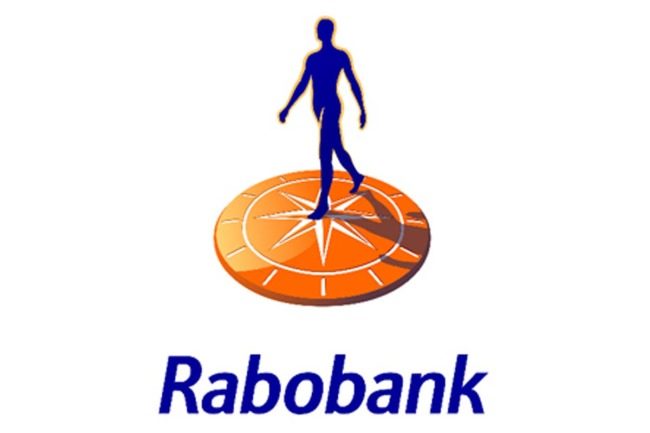UTRECHT, NETHERLANDS – Strong demand from China is supporting higher prices for beef and cattle, but local factors are also playing a role, according to a new Beef Quarterly Q2 2021 report by Angus Gidley-Baird, senior analyst, Animal Protein at Rabobank. But the higher prices — for meat or cattle — highlight tight supplies across the major beef-producing regions.
Slow growth in domestic beef production in China is the main driver behind the steady rise in beef cattle prices in the country, Rabobank said. China’s beef cattle prices were up 9% year-over-year in April – more than a 30% increase compared with the same period in 2018 before African Swine Fever took hold. Some consumption will shift back to pork, but Rabobank expects demand for beef will remain strong and continue to drive imports from the global market.
Beef producers in Brazil, the leading beef exporter to China, have delayed sales of cattle until the animals reach heavier weights, Rabobank said, which has delayed slaughter. Approximately 50% to 60% of Brazilian cattle feeds exclusively on pasture, but Brazil has experienced a delay in seasonal rainfall. High cattle prices have also encouraged breeders to hold females, further limiting the supply of cattle.
“Cattle prices started to soften at the end of April, but reduced supply will limit any further price reductions,” the report said.
In the United States, the foodservice sector is in recovery after most states and cities began lifting pandemic-related restrictions. Revived competition between foodservice and retail, along with strong exports highlight the demand driven market for US beef.
“Fed cattle supplies have averaged 120% of operational packing capacity since April 2020, so despite record strong beef demand, cattle prices have been depressed throughout the pandemic,” the report said. “According to Rabobank, US retail beef prices could see increases through much of May and even June, and wholesale prices should begin to moderate in the near future. However, cutout prices could remain 5% to 10% higher than pre-pandemic levels for much of 2021.”
Prices for young cattle in Australia jumped almost 30% year-over-year in February 2020 and rose another 20% in February 2021, according to Rabobank. The Australian beef cattle herd is at its lowest point in more than 30 years due to successive droughts and large livestock liquidation.
“Rabobank believes that current cattle prices will ease as cattle numbers increase and producer demand dissipates,” the report said. “However, as the supply chain overcomes the disruption, and consumers adjust their price expectations, the market will adapt and a new, higher baseline will be established.”
In the European Union, the average beef carcass price currently is up 7% on the same period in 2020, and cow prices are even higher, up 15% year-over-year indicating a shortage of slaughter cows, according to the report. Rabobank said that higher prices will likely be supported by increased demand from the foodservice sector, despite an increase in supply forecast for the second half of 2021.
“We believe many of these local factors will correct and cause an adjustment in prices. However, with China’s demand expected to remain firm, we also think the market has seen a fundamental step up,” said Gidley-Baird. “Given the growth in demand and global trade, pressures created in the current system mean that seasonal conditions that may have once been considered slightly abnormal are now causing major shifts in markets.”



